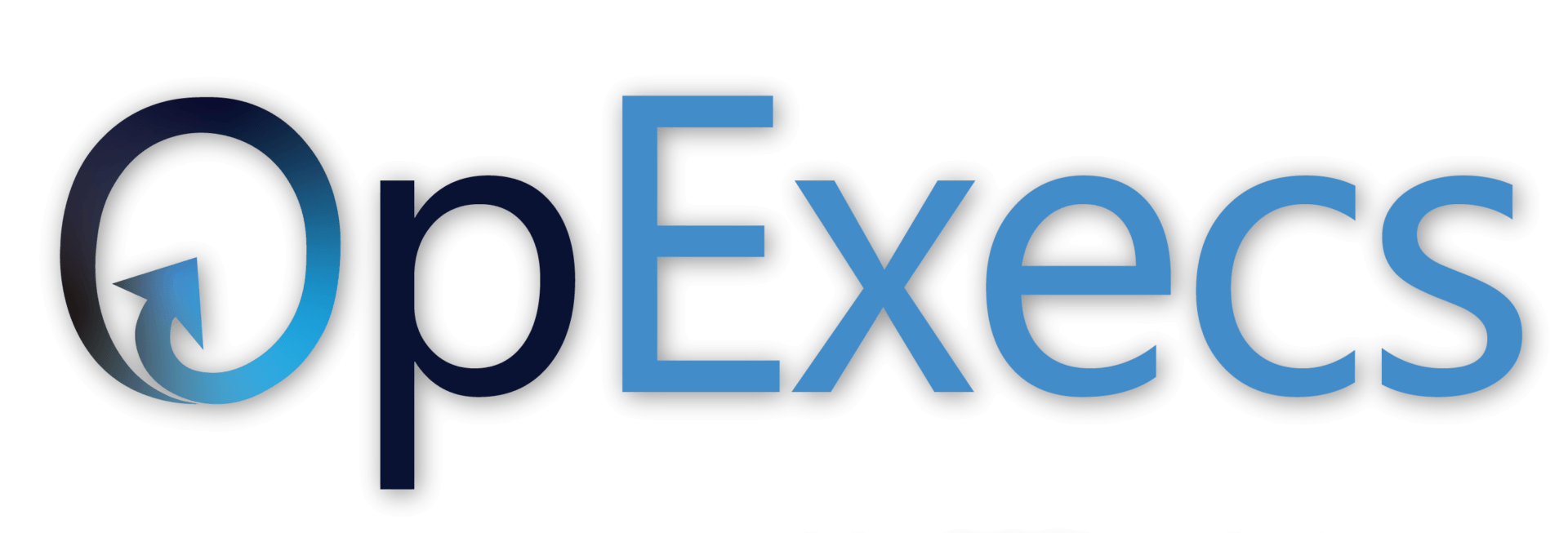Industries
Healthcare
Deciding what has to change & why
Healthcare settings offer significant improvement opportunities with a focus on operational excellence. A different approach is required than the one which is useful in Manufacturing, Oil & Gas or other Industrial environments where product flow is easily traceable. Primarily service related and transactional in nature, in Healthcare processes often are less visible, making tracking flow a challenge.
- There is a tradition of individuality; people working in service areas are typically in more control as to how to structure daily tasks and the only way to get people to accept process changes is to involve them in deciding what has to change & why.
- There is often a lack of meaningful data to support data-based decision making so you should expect improvement teams to spend a lot of time on data collection efforts.
- People can’t be controlled like machines. Pay particular attention to people issues at each stage of improvement and train them to use lean/six sigma tools.
- Environment and expertise is often reactive. People are trained to respond to issues and emergencies. It can be difficult to find time in their schedule to be proactive and meet for process improvement activities. Designate on-the-floor leaders/champions to represent the staff for a particular project and/or ask management to ensure they can be available for a certain weekly time period on a regular cadence until the project is done.
How We Helped
Hospital Reduces Wait Time
Busy City Hospital reduces Emergency Room wait time.
Opportunity: A busy city hospital was finding patients, staff and hospital leadership increasingly concerned with the time spent in the ER waiting room. After spending 60+ hours watching, documenting and talking with staff about what was causing the wait time, the improvement team found that:
- PATIENT BEDS ARE NOT ALWAYS IN USE, BUT PATIENTS STILL WAIT
- EMERGENCY ROOM LAYOUT NEGATIVELY IMPACTS PATIENT FLOW
- TRIAGE IS ALWAYS BUSY
- GETTING BLOOD DRAWN AT TRIAGE SLOWS BED ASSIGNMENT
- FLOW OF PAPERWORK IS HOLDING UP PATIENT PROGRESS
Mental Health Care Hospital Reduces Weight Gain
